This product is not available for new orders. We recommend ordering: SunSentry.
Überblick
Die SOLAR1000 ist an automatische Wetterstation speziell für Solar-Anwendungen. Sie entspricht CaISO Standards. Das System kann problemlos an Kundenwünsche angepasst werden und mit z.B. zusätzlichen Kommunikationsoptionen ausgestattet werden.
Typische Einsatzgebiete sind Bewertung von potentiellen Standorten für Solaranagen, Datenwefassung und Leistungsüberwachung. Die SOLAR1000 vereinfacht die Datenwefassung indem sie als Gateway für Daten vom Inverter, aus der Meteorologie und der Zähler dient.
Messungen
Fast alle Systeme werden nach Kundenwunsch gefertigt. Normalerweise werden folgende Parameter gemessen:
- Air temperature
- Solar radiation - global horizontal (GH)
- Solar radiation - plane of array (POA)
- Surface temperature - back of panel
- Wind direction
- Wind speed
- Precipitation
- Barometric pressure
Funktionen und Vorteile
- Enthält einen CR1000 Campbell Scientific Datenlogger
- Misst Strahlungsstärke ähnlich wie eine Thermosäule
- Misst die Temperatur der Rückseite des Moduls mit einem Thermoelement
- Abgedichte runde Stecker auf der Unterseite des Gehäuses für einfachen Sensoranschluss
- Kurze Aufbauzeit durch Vorverdrahtung und Programmierung
- Unterstützt DHCP (Dynamic host configuration protocol) und feste IP- Konfiguration
- Enthält ein Batteriesystem, dass Datenaufnahme auch während einem Stromausfall sicherstellt
- Vereinfacht Erfassung der Daten vom Inverter, Zählern usw.
- Modulares Design vereinfacht Anpassung an Kundenwünsche
- Modbus, CanBus und DNP 3.0 Konformität vereinfachen die Integration
Bilder
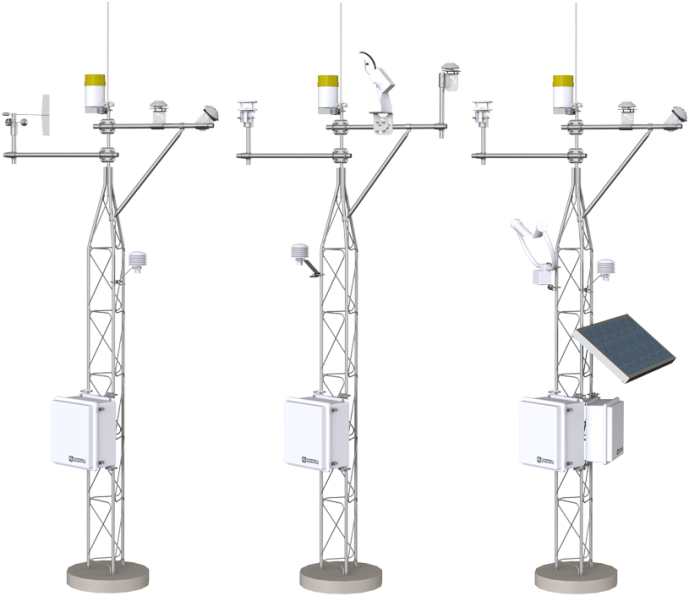




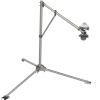
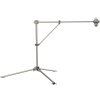
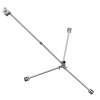
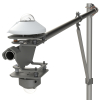
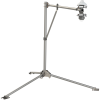
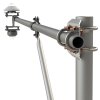
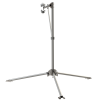
FAQs für
Number of FAQs related to Solar1000: 8
Alle anzeigenWenige anzeigen
-
The Solar1000 is both a station for resource assessment and power performance for photovoltaic power production facilities. For example, this system may be used to quantify the potential power that could be generated at a proposed site. During and after construction at a site, the station can be used to provide data that isolates system inefficiencies and provides crucial information to funding agencies.
-
The solar sensors should be cleaned daily—at the minimum, weekly. The required maintenance cycle varies based on location, precipitation, and biologic activity. Desiccant should be changed on a regular interval, but that interval depends on ambient environmental conditions.
-
The CR1000 datalogger has built-in capabilities to be fully compatible with Modbus, as well as DNP3. The intention is to add additional compatible protocols as the industry and markets change and evolve.
-
Yes. The Solar1000 has been designed to meet California ISO specifications.
-
Unless the panels are tracking either in one axis or two, it is not likely that a tracker and pyrheliometer are needed.
-
No. The main concern when installing the system is to ensure that the stand is secure to the ground and that the sensors are aligned and leveled. With patience, these tasks can be performed fairly easily.
-
No. Sensors are manufactured by Hukseflux, EKO Instruments, Kipp & Zonen, and Eppley Laboratory. Contact Campbell Scientific for more information, including sensor tracker compatibility.
-
Depending on the tracker being used, a Campbell Scientific datalogger can request data, relay diagnostic information, and potentially control the tracker.